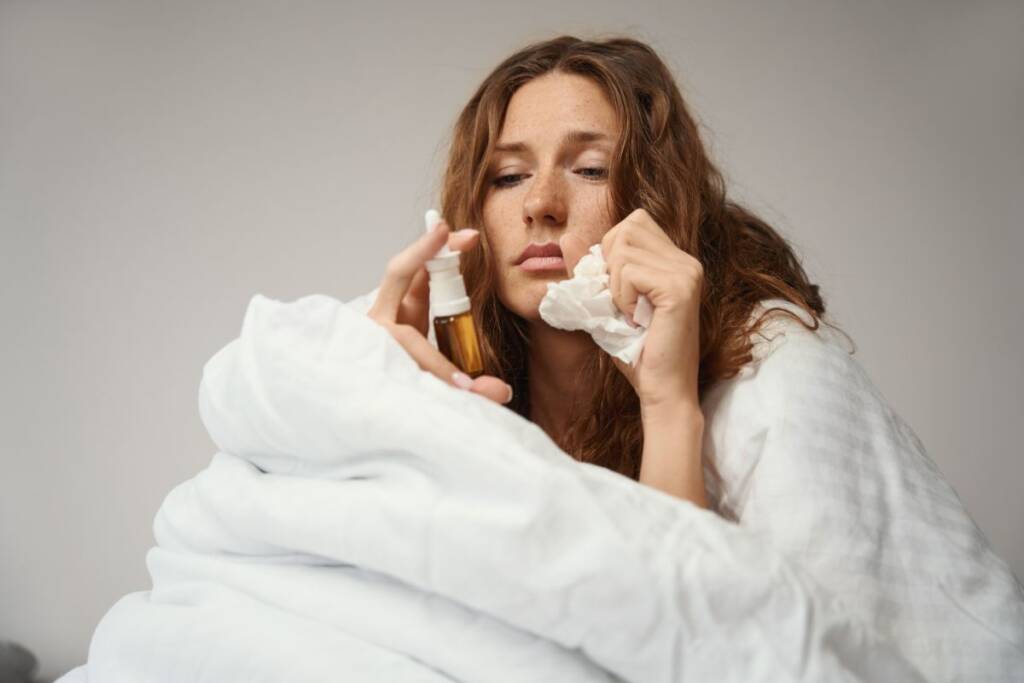Health
Rhinorrhea: what it is, what it depends on and how it is treated

Rhinorrhea is that phenomenon better known as “runny nose”. A problem that can depend on various factors, some of which are even important. Let's find out everything there is to know about it.
We speak of rhinorrhea when there is a loss of fluid or mucus from the nose or paranasal sinuses (i.e. towards the throat). This problem, which may seem superficial , can actually depend on various pathologies, some of which are even important. For this reason it should never be underestimated.
What is important to know is that rhinorrhea is not a pathology but a symptom, certainly annoying, which can indicate other problems to be recognized.
Present in both acute and chronic form , rhinorrhea can therefore be resolved (in most cases) in a very simple way. In others, however, it may be important to seek medical advice. Let's find out, therefore, how it is right to move when it occurs.
Rhinorrhoea: what it looks like and why
As already mentioned, rhinorrhea can occur in both acute and chronic form. Its appearance can also change from fluid to thick and from clear to yellowish.
Furthermore, there are two different types which are anterior rhinorrhea, i.e. when the liquid comes out of the nose, and posterior rhinorrhea, when the secretion is internal or comes out of the mouth as it is produced by the paranasal sinuses.

Going to the causes , these can be different. In most cases, it is caused by a cold, the flu or allergies. Sometimes, however, there may be other pathologies that it is always very important to investigate. Among the many we mention:
– Otitis
– Headache
– Rhinitis
– Sinusitis
– Nasal polyps
– Tumors
The signals of its presence, on the other hand, are of the respiratory type. In fact, those suffering from rhinorrhea find it difficult to breathe, suffer from a stuffy nose due to ongoing inflammation and may have a runny nose or mucus in the throat. In short, it is a symptom with different causes and which can occur sporadically or chronically. What matters is never to underestimate it and ask your doctor for help in order to get a solution as soon as possible.
How to act in case of rhinorrhea
The first thing to do in the presence of rhinorrhea (especially if it lasts for a few days and if it occurs in the absence of fever or cold) is to contact your doctor in order to immediately seek the causes that caused it. Often, in fact, it is enough to act on these to find immediate relief from the problem and achieve "healing" as soon as possible.
In general, it may be useful to keep the surrounding air more humid, drink plenty of water, drink warm liquids capable of dissolving any mucus and, in the case of a full-blown allergy, take a slight antihistamine. Obviously the type of treatment should always be discussed with the doctor who will evaluate the treatment based on the actual symptoms, the recognized causes and the patient's health . It should also not be forgotten that in most cases and if in the absence of more important pathologies, rhinorrhea tends to disappear on its own within a few days without leaving any trace.
Riproduzione riservata © - WT











